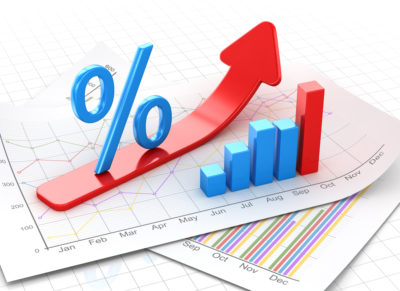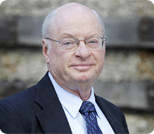More on money and interest rates
A confusion arising from the popular usage of the word “money” is that bankers claim to lend money and bank customers claim to borrow money. But, people do not increase their indebtedness in order to hold greater idle cash balances! The extension of credit by financial intermediaries does not alter the amount of money in the economy. Nevertheless, the unfortunate expressions— “borrowing money” and “lending money”— contribute to an erroneous idea about the relationship between the “amount of money” and observed interest rates. When interest rates are high, people (and their elected representatives) believe that interest rates would be lower if only there were more money available–and they urge central banks to create more money in a futile effort to lower interest rates. This Ptolemaic view of the world persists even in the face of much sad experience that countries “enjoying” rapid money growth have high interest rates.
People hold a variety of financial assets—in addition to money—as stores of value. Often these assets are claims to certain amounts of money units at various times in the future. But, they do not want a certain amount of money in the future. They want to buy things. If they think the prices of things they will want to buy in the future will be higher, they know they will have to have more money units. Being able to earn higher interest rates on their assets is one way of having the greater amount of money that will be required by the expected higher prices of things. By the same token, borrowers of money are willing to pay higher interest rates if they expect their investments to generate larger volumes of money units as the money prices of things rise.
There is a common fallacy that “low” interest rates can “cause inflation” and that “high” interest rates are part of the solution. This is completely backward. When people—both businesses and households—start to anticipate that prices will be rising faster in the future, they make adjustments. Sometimes they make purchases sooner than otherwise to “get ahead” of the price rise. They may even go into debt to do so. They also seek to minimize any “idle balances” they hold in the form of cash or low-yielding balances in their checking accounts. But, while one family or one business may reduce its money holdings, the economy cannot do so. Actions by anyone to spend or invest only increases someone else’s money balances. If everyone is trying to do the same thing, prices of goods and assets will get bid up—the real purchasing power of money falls—and higher interest rates will have to be offered to induce people to hold—rather than spend—the stock of money in circulation.
These market dynamics explain why higher interest rates are always and everywhere observed in the places where the value of money is falling fastest, while the lowest interest rates are observed where money is holding its value. There is only one monetary policy that can produce low interest rates: a policy of stable money. Once people start to expect the value of money to erode—the average of money prices to rise—observed interest rates can also be expected to rise. Any attempts to resist these natural market dynamics artificially will only make matters worse.
Even when businesses and households in an economy expect the value of money to be stable over time, there will be fluctuations in interest rates that reflect the changing pace of innovation, agricultural developments, natural disasters, wars, and other real events. In a world of managed fiat currencies, monetary authorities cannot avoid the need to analyze the forces tending to alter interest rates. Those market dynamics emanating from a monetary imbalance must be responded to. Errors in interpreting the forces operating to change interest rates has been the most common source of mistakes in the formulation of monetary policies in the modern world of central banking









